The History And Evolution Of The Hells Angels Motorcycle Club
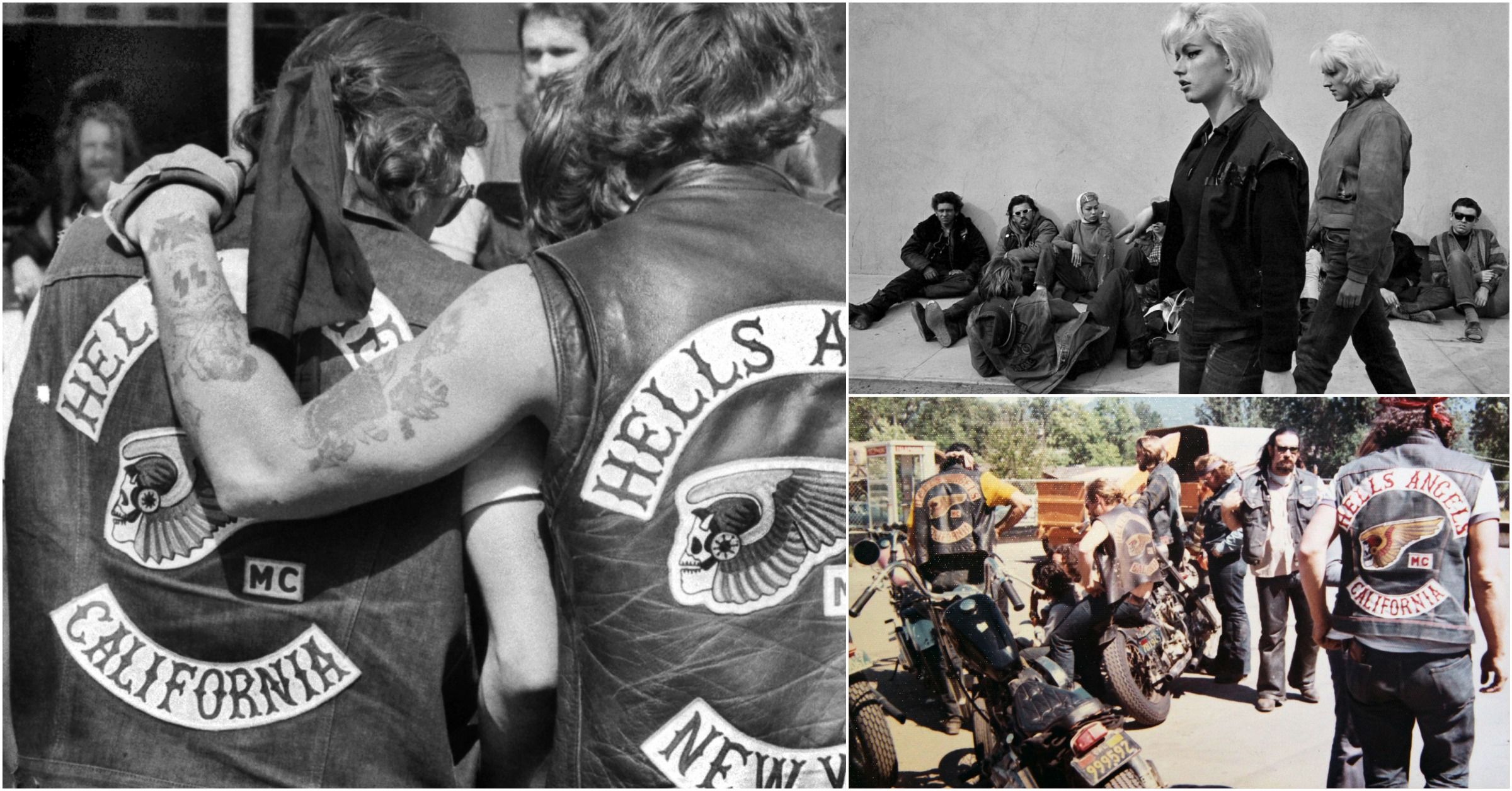
Table of Contents
The Genesis of the Hells Angels (1948-1950s)
The Hells Angels origins lie in the post-World War II era of California. Born from the burgeoning biker culture and a desire for camaraderie among returning veterans, the club's early years were far less infamous than its later reputation would suggest. Understanding the Hells Angels origins requires looking at the social and economic climate of the time.
Early Members and Founding
The club's founding is often attributed to a group of veterans in San Bernardino, California, in 1948. While precise details of the early meetings remain elusive, the initial motivations likely involved shared interests in motorcycles, a sense of brotherhood, and a rejection of mainstream societal norms.
- Key founding members: The identities of the very first members remain somewhat unclear, lost to time and obscured by the club's secretive nature. However, key figures emerged in the following years, shaping the club's early character.
- Initial club house locations: Early Hells Angels activity centered around San Bernardino, with various meeting places and hangouts reflecting the transient nature of the early biker culture.
- Early club activities: Early activities focused on motorcycle racing, social gatherings, and establishing a distinct identity within the growing biker community. These early years laid the foundation for a subculture that would later define the Hells Angels image.
- Early club dynamics: The early club was undoubtedly loose in structure and focused primarily on camaraderie and shared interests in motorcycles and a rebellion against postwar conformity.
The Rise of the Hells Angels and Expansion (1960s-1970s)
The 1960s and 70s witnessed the Hells Angels' transformation from a relatively localized group to a nationally and internationally recognized outlaw motorcycle club. This period was marked by increasing notoriety, fueled by media attention and involvement in various criminal activities.
Media Portrayal and Public Image
The club's growing involvement in violent incidents and criminal enterprises began attracting significant media attention. This media portrayal, often sensationalized and focusing on the more violent aspects of their activities, cemented their image as a dangerous and powerful motorcycle gang.
- Key events contributing to their notoriety: Several high-profile incidents, including clashes with law enforcement and involvement in drug trafficking and violence, significantly increased their public profile.
- Significant media portrayals (books, films): Books, documentaries, and films, some fictionalized, some based on real events, depicted the Hells Angels, contributing to their legendary status and, in many cases, glorifying their outlaw lifestyle.
- The impact of counter-culture on their image: The counter-culture movement of the 1960s, with its rejection of established norms, inadvertently amplified the Hells Angels' rebellious image.
National and International Expansion
Driven by the allure of their outlaw image and the desire to expand their influence and territory, the Hells Angels began establishing chapters across the United States and internationally. This expansion wasn't without its internal conflicts and external challenges.
- Key expansion years and locations: The club strategically expanded throughout the US and into other countries, establishing a complex network of chapters that maintained a degree of autonomy while operating under the overarching Hells Angels banner.
- Significant conflicts between chapters: Competition for territory and resources led to violent clashes between different Hells Angels chapters, revealing underlying tensions and power struggles within the organization.
- The development of club structure and hierarchy: To manage their growing size and influence, the Hells Angels developed a more formalized structure and hierarchy, including designated leadership roles and systems for internal communication and control.
The Hells Angels in the Modern Era (1980s-Present)
The Hells Angels Motorcycle Club continues to operate in the modern era, facing ongoing legal battles and scrutiny from law enforcement agencies worldwide. The club has adapted its operations and strategies to maintain its existence and influence.
Legal Battles and Law Enforcement
Law enforcement agencies globally have employed various strategies to combat the Hells Angels' activities, from targeted investigations and raids to RICO charges designed to dismantle the club's structure and operations.
- Major legal cases: Numerous large-scale investigations and court cases have targeted Hells Angels members and chapters, resulting in convictions for a range of offenses, from drug trafficking and violence to racketeering.
- Government crackdowns: Government crackdowns, including investigations by multiple law enforcement agencies, have aimed to disrupt their criminal operations and weaken their organizational structure.
- Club strategies to evade law enforcement: The Hells Angels have employed a range of strategies to evade law enforcement, including sophisticated communication networks and complex financial structures.
- The evolution of their criminal activities: The club has adapted its criminal activities to avoid detection, focusing on more diversified criminal enterprises to maintain their financial strength and influence.
Club Culture and Identity
Despite the legal pressures and internal conflicts, the Hells Angels maintain a distinct club culture and identity, drawing new members to their ranks. The enduring appeal lies in a potent mix of brotherhood, rebellion, and a shared sense of belonging within a unique, often dangerous subculture.
- Club insignia: The iconic Hells Angels death head insignia remains a powerful symbol of their identity and a visual representation of their rebellious spirit.
- Membership requirements: Membership in the club is selective and demanding, requiring a commitment to loyalty and adherence to the club's often brutal code.
- Club hierarchies: The club's internal structure is hierarchical, with various ranks and responsibilities within the organization.
- Ongoing conflicts within the club: Conflicts and power struggles continue within the club, reflecting the complex dynamics and inherent tensions within this tightly knit, yet violent organization.
- The role of motorcycle culture in the Hells Angels identity: Motorcycles remain central to the Hells Angels identity, representing freedom, rebellion, and a shared passion that unites members.
Conclusion
The history of the Hells Angels Motorcycle Club is a complex and often violent narrative, spanning decades of activity and evolving strategies. From its humble beginnings as a post-war social club to its current status as a globally recognized outlaw motorcycle club, the HAMC has profoundly impacted biker culture and societal perceptions of organized crime. Their story reveals a blend of camaraderie, rebellion, criminal enterprise, and a continuing struggle with law enforcement. Understanding their evolution requires examining the social, political, and economic forces that shaped their trajectory.
Key Takeaways: The Hells Angels Motorcycle Club's journey demonstrates the dynamic interplay between social subcultures, criminal activity, and law enforcement response. Their story serves as a complex case study in organizational adaptation, power dynamics, and the enduring appeal of outlaw lifestyles.
Call to Action: Learn more about the history of the Hells Angels by exploring the numerous books and documentaries available. Discover the fascinating story of the Hells Angels Motorcycle Club and its impact on biker history and the broader world of organized crime. Explore the evolution of outlaw motorcycle clubs and their enduring legacy. Delve deeper into this compelling history and uncover the complexities behind this iconic motorcycle gang.

Featured Posts
-
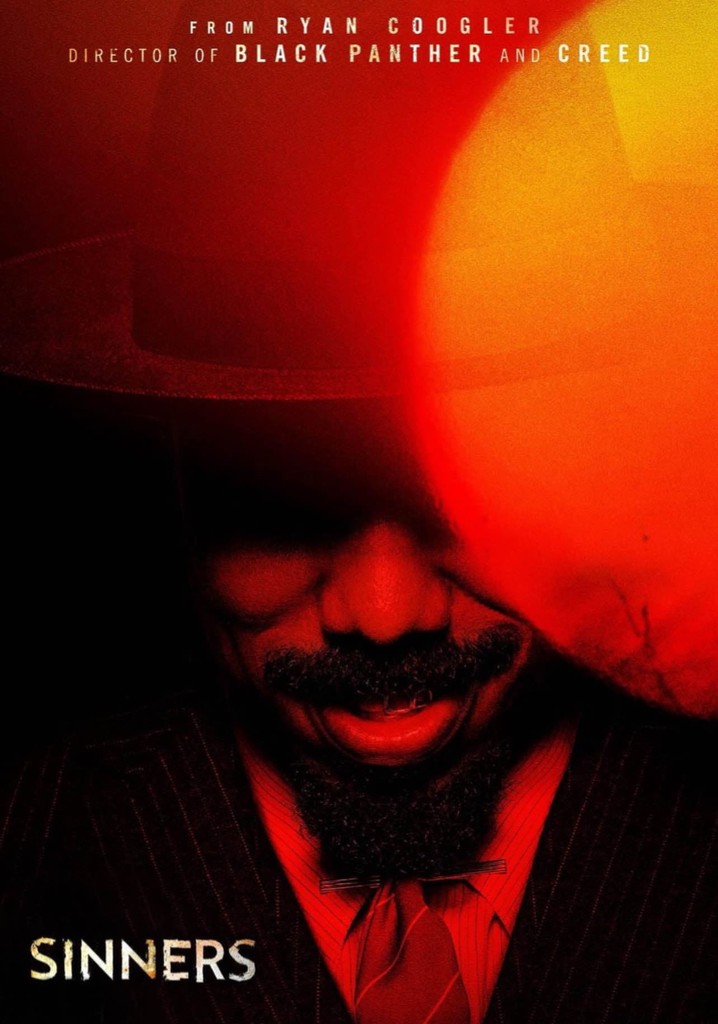 Get Ready For Sinners A New Horror Movie Filmed In Louisiana
May 26, 2025
Get Ready For Sinners A New Horror Movie Filmed In Louisiana
May 26, 2025 -
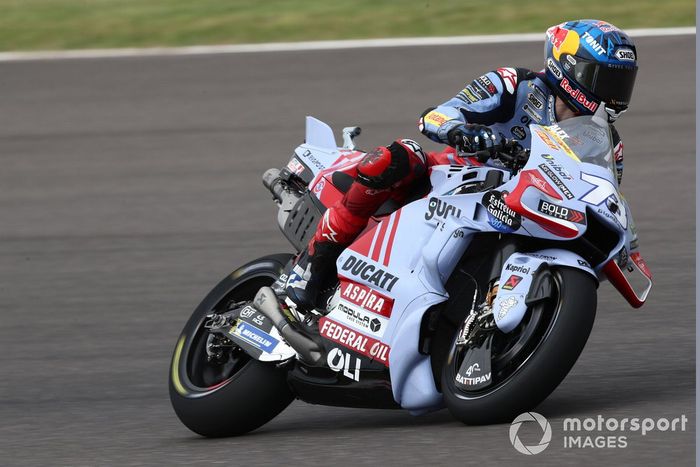 Marquez Puncaki Fp 1 Moto Gp Inggris Motor Mogok Mengganggu
May 26, 2025
Marquez Puncaki Fp 1 Moto Gp Inggris Motor Mogok Mengganggu
May 26, 2025 -
 Finding The Best Shrimp 5 Hudson Valley Locations
May 26, 2025
Finding The Best Shrimp 5 Hudson Valley Locations
May 26, 2025 -
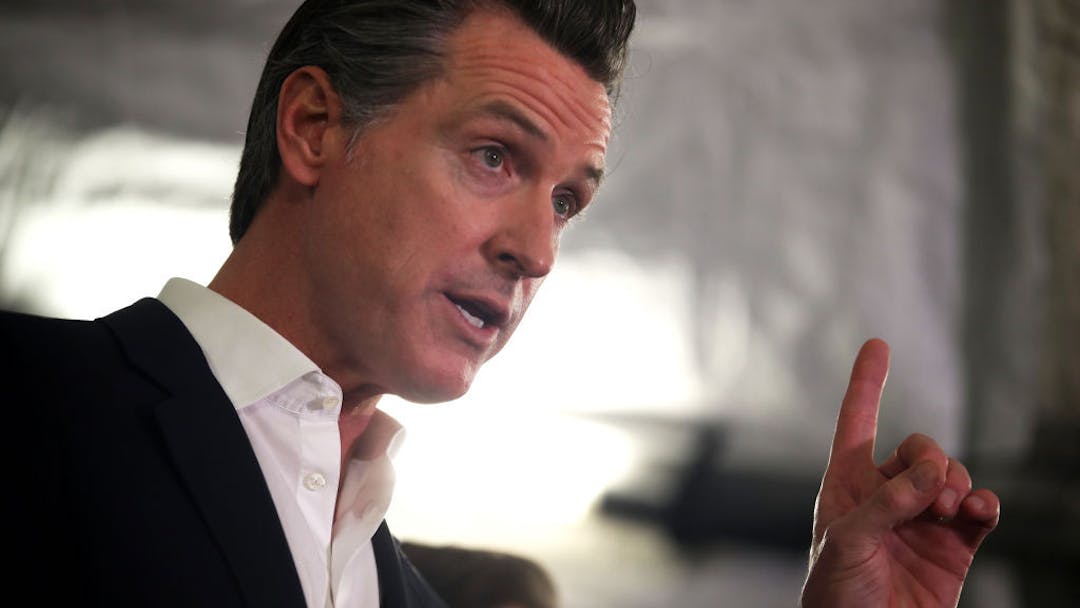 Post Biden America A Delaware Governor Sounds The Alarm On Fascism
May 26, 2025
Post Biden America A Delaware Governor Sounds The Alarm On Fascism
May 26, 2025 -
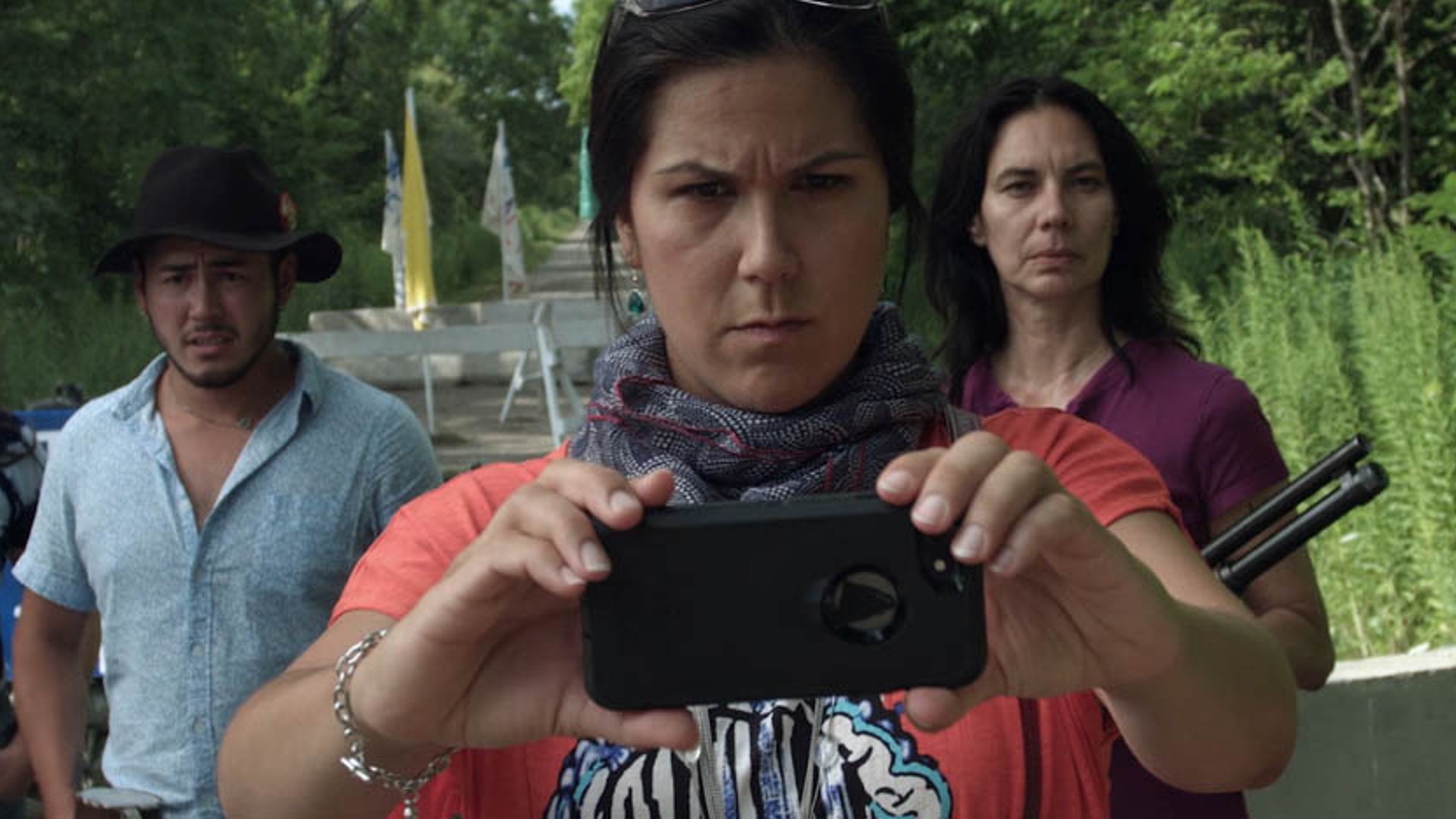 Iannuccis Later Works A Decline In Sharp Political Satire
May 26, 2025
Iannuccis Later Works A Decline In Sharp Political Satire
May 26, 2025
Latest Posts
-
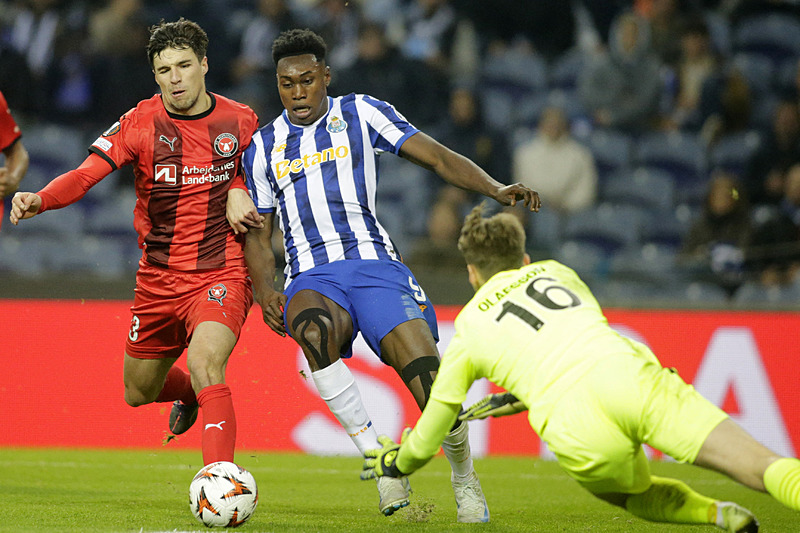 45 Milyon Euroluk Osimhen Ingiliz Kulueplerinin Yeni Hedefi
May 28, 2025
45 Milyon Euroluk Osimhen Ingiliz Kulueplerinin Yeni Hedefi
May 28, 2025 -
 Osimhen Transferi Ingiliz Kuluepleri 45 Milyon Euro Luk Teklifiyle Devam Ediyor
May 28, 2025
Osimhen Transferi Ingiliz Kuluepleri 45 Milyon Euro Luk Teklifiyle Devam Ediyor
May 28, 2025 -
 Ingilizlerin Osimhen E Olan Ilgisi Suerueyor 45 Milyon Euroluk Yildizin Yerine Kim Geliyor
May 28, 2025
Ingilizlerin Osimhen E Olan Ilgisi Suerueyor 45 Milyon Euroluk Yildizin Yerine Kim Geliyor
May 28, 2025 -
 Arsenal Manager Arteta 76 Million Striker Deal Off 60 Million Mbappe Style Signing Targeted
May 28, 2025
Arsenal Manager Arteta 76 Million Striker Deal Off 60 Million Mbappe Style Signing Targeted
May 28, 2025 -
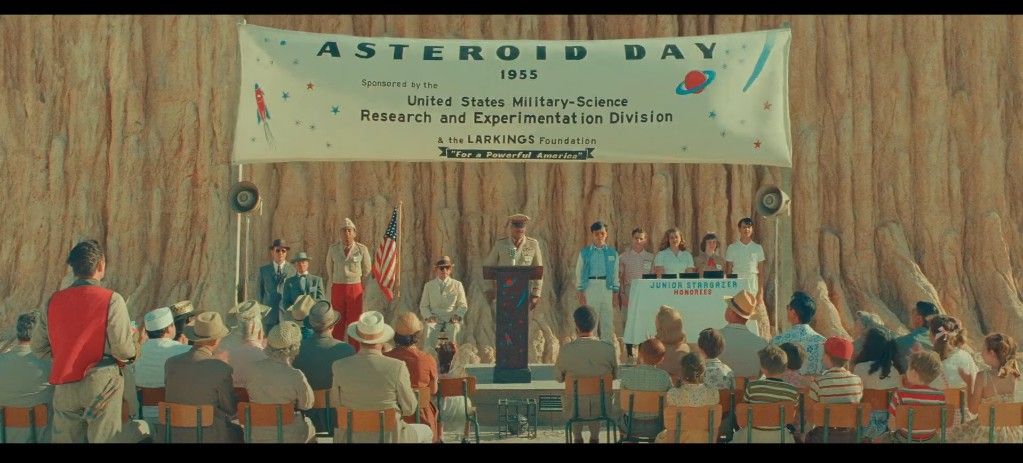 Sleduyuschiy Film Uesa Andersona Data Vykhoda I Syuzhet
May 28, 2025
Sleduyuschiy Film Uesa Andersona Data Vykhoda I Syuzhet
May 28, 2025
